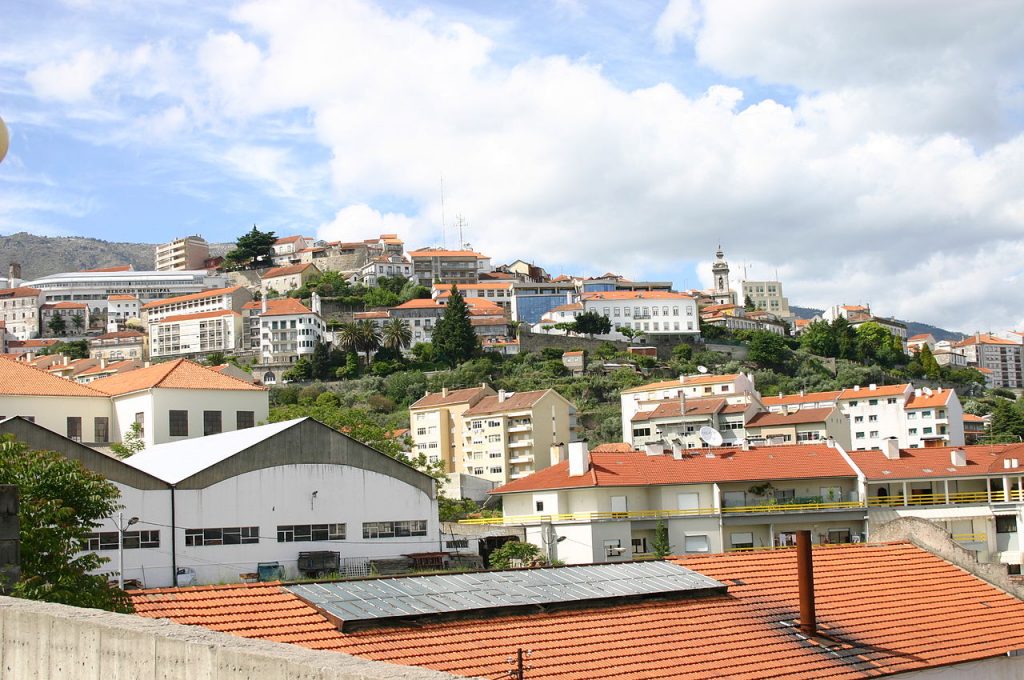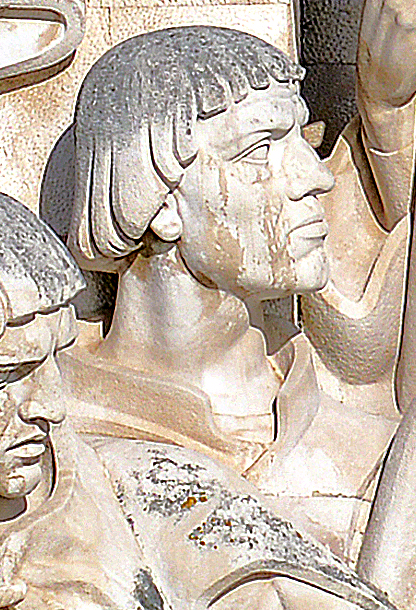
Covilha is a town known as an important urban centre in the Portuguese interior. The Jewish presence probably dates back to the 12th century. There were three successive Jewish quarters in the town. The first, within the walls of the old town, near the Portas do Sol . The second was adjacent to this quarter but outside the walls. The third was near Refugio and Meia Legua. One of the main economic activities in which they worked was the wool industry.
There were also many explorers and companions, such as José Vizinho (cosmographer to King Joao II), Rui Faleiro (architect of Magellan’s circumnavigation of the globe), his brother Francisco Faleiro (author of the “Treatise on Spain and the Art of the Sea”) and the diplomat and explorer Pêro da Covilha.

An important centre of Marranism, the town suffered violent persecution under the Inquisition. Many Jewish families bearing the names Mendes, Castro, Sousa, Pinto, Pereira, Franco, Gomes, Nunes… from Covilha fled to England, the Netherlands and Brazil.
A small Jewish community re-emerged in the 19th century, with a third of the population probably of Jewish origin, at a time when Jews suffered persecution. A return to Judaism followed the dedication of Samuel Schwarz and Barros Basto, with Covilha once again becoming a Jewish community in the late 1920s, with 6,000 crypto-Jews. A synagogue was built at the time, but demolished some twenty years later.
In 2016, a Torah scroll dating back four centuries, discovered by a contractor during demolition work, was unveiled.
Sources : Encyclopaedia Judaica, Rede de Judiarias, Times of Israel